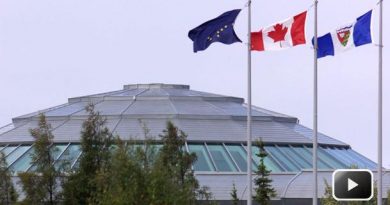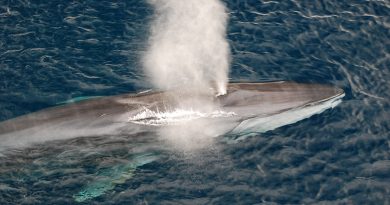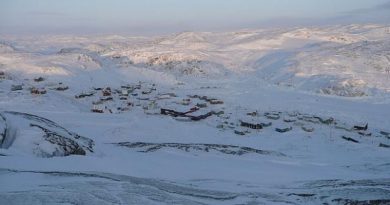Canadian Inuit organization launches climate change strategy
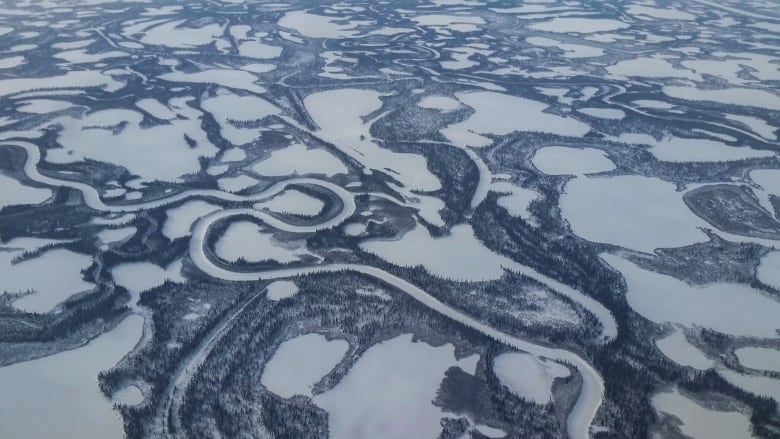
Gerry Kisoun stands gazing out at the eastern shore of the Mackenzie River Delta and its expansive network of rivers, creeks and lakes in northwestern Canada, all flowing into the Beaufort Sea.
“To me this is home,” he said.
The Inuvialuit-Gwich’in guide has travelled much of the region and knows it well, but that familiar landscape is changing.
“Slumping from the mud and permafrost melting underneath” is changing the river banks, he says. “Our land underneath us is melting as we speak.
“It’s climate change and it’s not faring well for a lot of people up here.”
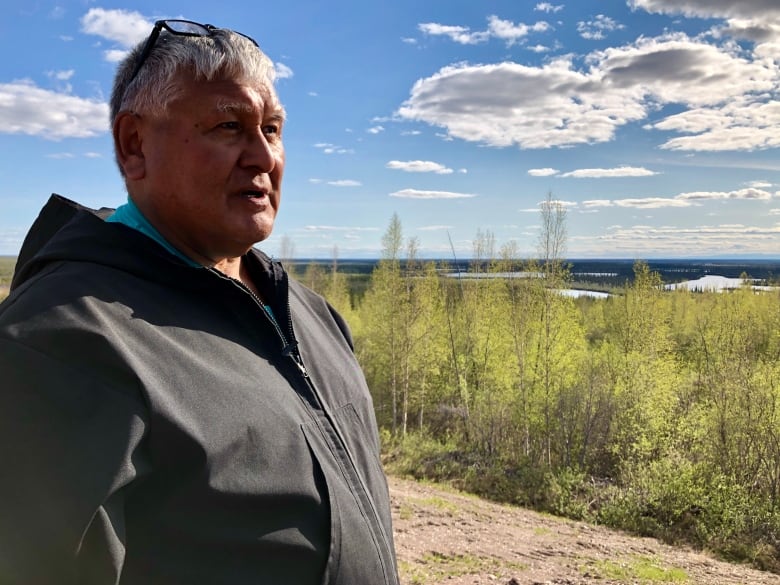
It’s those changes and the threat of rapid warming across Inuit Nunangat — Inuit homeland — that has Canada’s national Inuit organization urgently preparing for the future.
On Friday in Inuvik, Northwest Territories, Inuit Tapiriit Kanatami is releasing a national climate change strategy to help Inuit adapt and thrive while becoming climate change leaders, according to the organization.
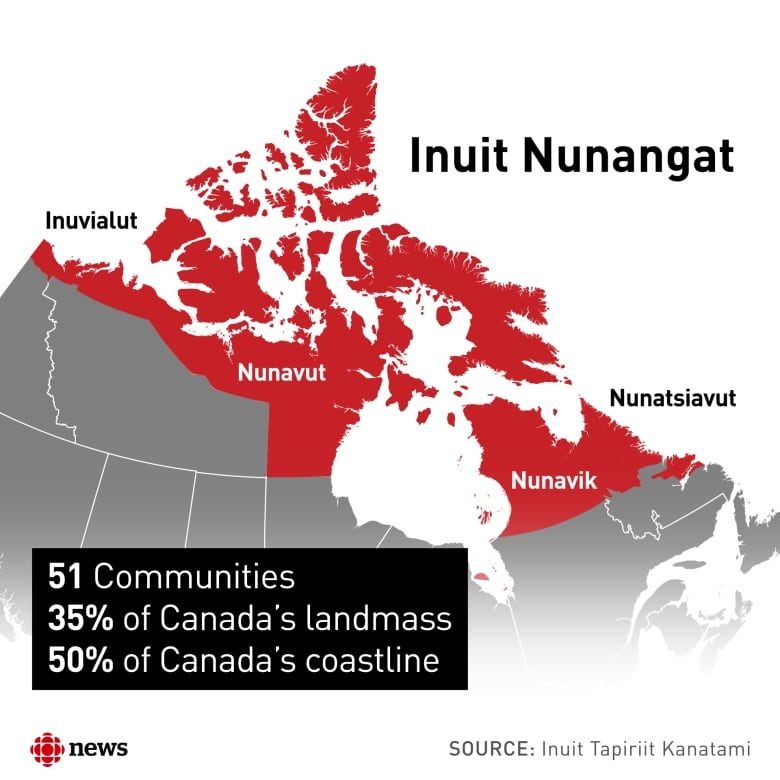
“Inuit are often brought into the conversation as ‘canaries in a coal mine’ talking about the personal lived experience of the effects of climate change,” Natan Obed, Inuit Tapiriit Kanatami president, said in Inuvik.
The organization represents roughly 65,000 Inuit in Canada. Most live in 51 communities spread out over four regions, areas warming at a rate up to three times faster than the global average.
Far too often, Obed says, Inuit are “largely excluded” from developing climate change policy and research.
“We are not just a small bit player. We don’t want to sit by and listen to others talk about our fate. We want to be participating and active actors in creating solutions that will not only help Inuit Nunangat, but the globe.”
Feds to commit $1M to strategy
The strategy focuses on five priorities:
- Knowledge and capacity building.
- Health and well-being.
- Food security.
- Energy.
- Infrastructure.
ITK hopes to hold gatherings in Inuit communities to talk about climate change mitigation and adaptation, and promote Inuit-led and co-produced climate change research and monitoring. But for all that, it needs more funding.
There are also major gaps in infrastructure, including what the organization calls a “decades-old housing crisis.” Forty per cent of Inuit live in overcrowded housing conditions, compared to two per cent of Canadians, the strategy notes.
ITK wants old buildings retro-fitted and new ones to be resilient to the shifting landscape. There’s also a big push to get remote communities off their reliance on diesel generators for electricity.
The federal government is set to announce Friday in Inuvik that it plans to commit $1 million toward implementing the strategy.
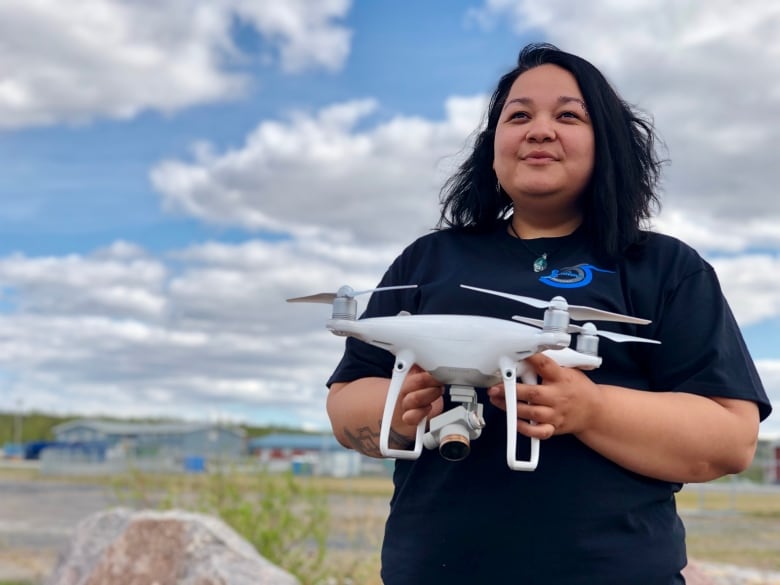
Some of that work is already happening.
Igutchaq UAV, a drone company based in Inuvik, is Inuvialuit owned and run. It’s trained Inuvialuit drone pilots from across the settlement region. They do environmental monitoring on changes such as coastal erosion.
“[Inuit] should be at the head of the table” when it comes to climate change research, said Patrice Stuart, pilot in command.
Stuart grew up in Tuktoyaktuk. Sections of the hamlet are slowly washing into the Arctic Ocean, she said.
“I grew up on these beaches and I grew up in Tuk and it’s sad to see our land that’s disappearing. The land and the environment is what we know. The Inuvialuit have always dealt with [it] for as long as we have been around.”
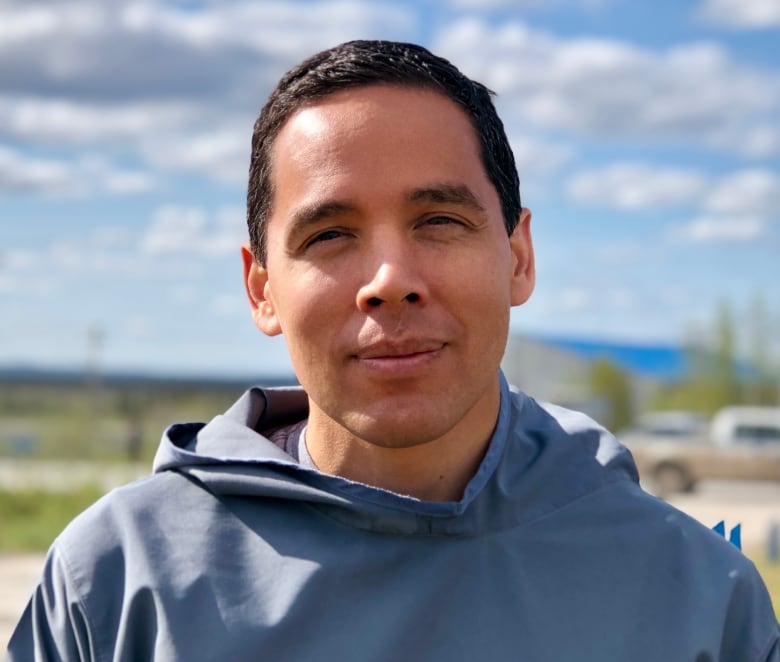
Inuit Tapiriit Kanatami said initial implementation of the strategy will be three years, to ensure it stays relevant.
With the federal election just months away, Obed said politicians need to pay attention.
“Countries around the world are looking to Canada to be a leader in climate change and that starts with the Canadian Arctic,” he said.
“I would hope any government will have that perspective and want to partner with Inuit.”
Related stories from around the North:
Canada: Permafrost degradation spreads in Canadian High Arctic, CBC News
Finland: Youth pledge to plant 100 million trees at climate summit in Helsinki, Yle News
Norway: Emissions dropping in EU, but not in Norway, The Independent Barents Observer
Russia: Warmest winter ever on the Northern Sea Route, The Independent Barents Observer
Sweden: Spring in Sweden begins a week earlier than 100 years ago, scientists say, Radio Sweden
United States: 2018 was the 4th-warmest year on record, NOAA and NASA reveal, CBC News

